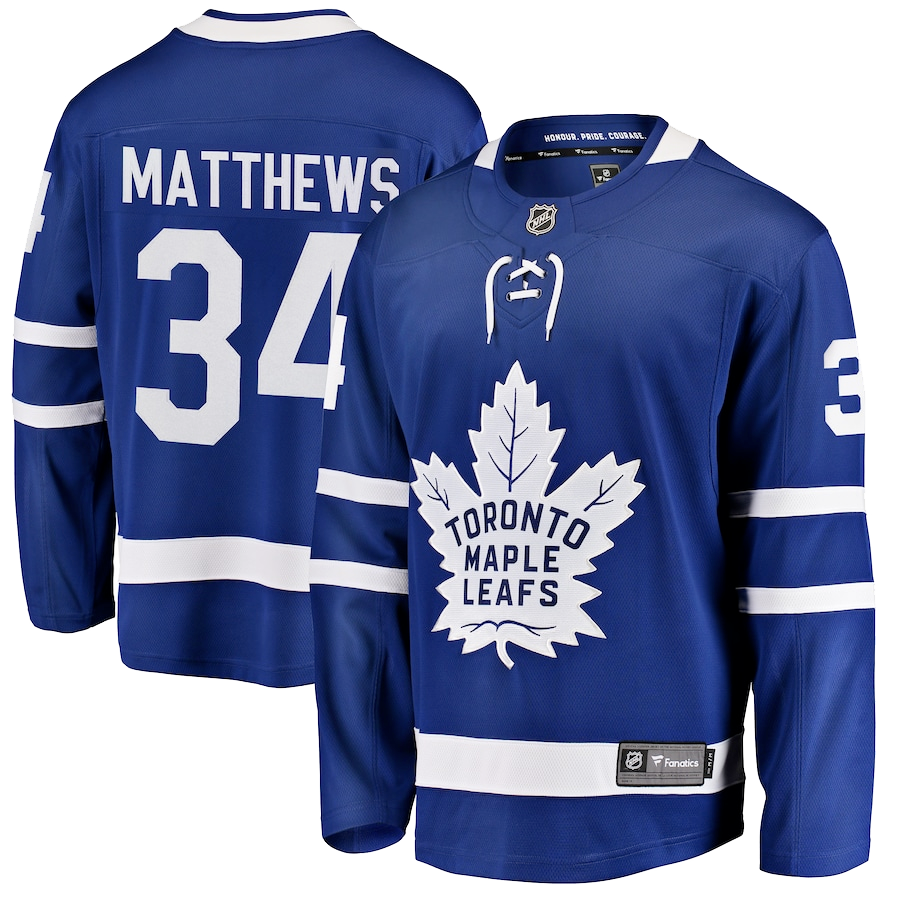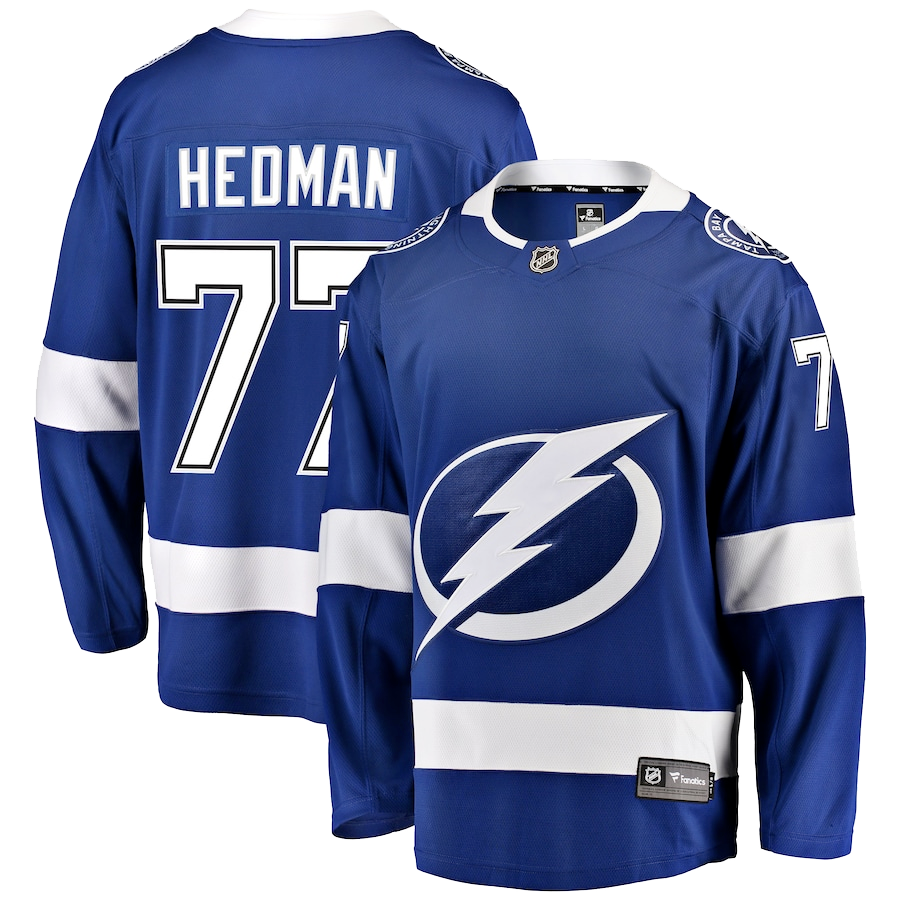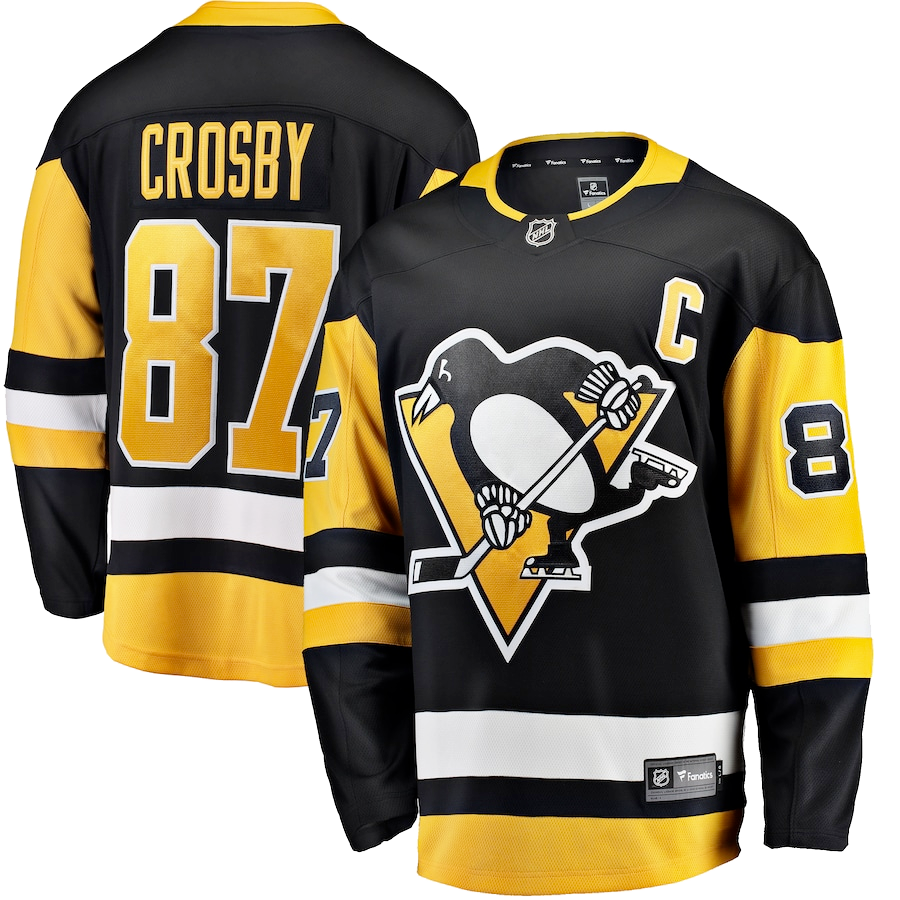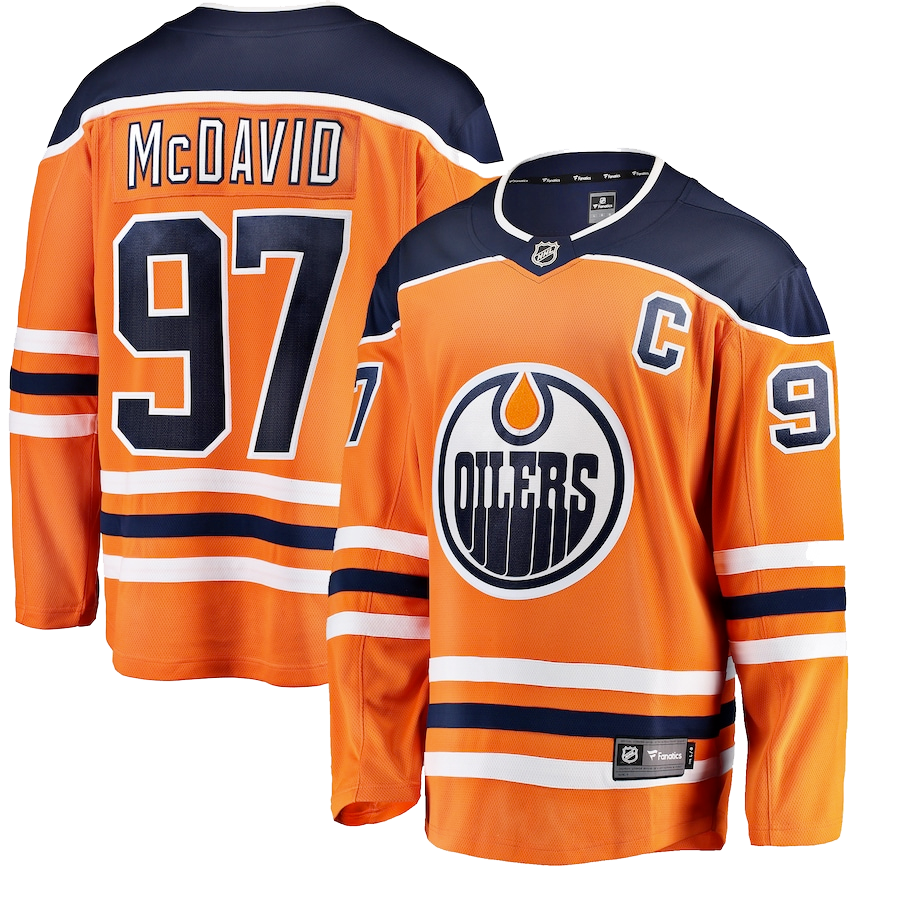During the NHL’s early years, teams were only required to dress one goaltender. If that netminder was injured he either had to play through the pain and return to the game after being repaired or his team had to scramble for a replacement. Sometimes that meant a forward or defenseman would don the pads. And since it never hurts to ask, it was also common practice for coaches to ask to borrow a goaltender from another team, so that the game could continue. Sometimes the requests were granted, but most often they were declined. It may have been a very different league back then, but coaches and owners still wanted to win.
Later it became customary (and mandated by the NHL in 1950-51) for the home team to have an emergency goaltender on hand in case either teams’ netminder was injured and could not continue. The Canadian teams usually had a promising junior sitting in the stands as their “house goalie”, but in the States the teams had to do the best they could with what was available, which led to some memorable moments in NHL and Ranger history.
The first time the Rangers needed the services of an emergency goaltender was in 1927-28, their second season of operation, in the Stanley Cup Finals against the Montreal Maroons.
Early in the second period of the second game, Rangers goaltender Lorne Chabot was struck in the left eye by a Nels Stewart shot, forcing him to leave the game. Rangers GM\Coach Lester Patrick now found himself without a goaltender since, either due to poor planning or in an effort to save a little money, he had decided not to bring along a spare netminder, even though all of the games would be played in Montreal due to the circus taking over Madison Square Garden.
Patrick asked Montreal coach and GM Eddie Gerard for permission to use Alex Connell of the Ottawa Senators, who was a spectator at the game, as a replacement. Connell, a future Hall of Famer, was one of the better goaltenders in the league at the time and so, of course Gerard refused. Patrick then asked permission to use minor-league goalie Hugh McCormick, but that request was also denied. He was then given 10 minutes to produce a goaltender or the Rangers would have to forfeit the match.
Rangers defenseman Leo Bourgeault volunteered to take Chabot’s place in goal, but Frank Boucher and Bill Cook, the team’s captain told Lester that having Bourgeault in goal would leave the team short a valuable player. Instead, they suggested that Patrick himself strap on the pads, promising that the team would block as many shots as possible and keep the Maroons’ skaters away from the net.
Patrick thought about it for a few moments and finally called out to trainer Harry Westerby, “Harry I’m going in goal.” He then told Westerby to gather Chabot’s equipment and get him a clean set of underwear and socks.
Patrick was forty-four years old at the time, thirteen years older than his captain Bill Cook and nine years the senior of Montreal goaltender Clint Benedict. This would not be Patrick’s first experience between the pipes. Years earlier as a defenseman in the Pacific Coast Hockey Association, he had occasionally gone into the net when his team’s goaltender was penalized. On one occasion, he had blocked a shot and proceeded to skate the length of the ice to score.
When the game resumed the Rangers checked frantically in front of their coach. The Maroons managed to get a few shots off, but they were blocked by Patrick and the period ended with the game still scoreless.
Bill Cook scored 30 seconds into the third period to give the Rangers the lead, which they held on to until Nels Stewart scored to tie the score with 5:40 left in regulation.
The game went into sudden-death overtime and the Maroons were sure that the old man in the net would fold. But Patrick held on, stopping an early surge by the Maroons. The momentum of the play changed quickly, and soon Frank Boucher grabbed a loose puck, stickhandled past a Montreal defenseman and beat Benedict with a hard, low shot for the game-winner.
Lester Patrick was the hero. The Rangers jumped over the boards and hoisted their white-haired, GM/coach/goaltender on their shoulders and carried him off the ice. Patrick was lucky, but knowing that he couldn’t pull off another miracle, the next day he received permission to use Joe “Red Light” Miller of the New York Americans. Miller turned in an outstanding performance in the remaining three games of the series, and the Rangers won their first Stanley Cup on April 14.
Seventeen-year old Harry “Apple Cheeks” Lumley became the youngest goaltender in Rangers history on December 23, 1943, when he was called upon to replace the injured Ken McAuley in Detroit. McAuley had been struck in the jaw by a shot and was unable to play the third period. Lumley, who had already made his NHL debut with the Red Wings earlier that season, giving up 13 goals in two games, was seated in the stands and loaned to the Rangers on an emergency basis. The youngster shut out the Red Wings for the final 20 minutes of a 5–3 loss.
Lumley went on to become one of the NHL’s best goaltenders over a 16-year Hall-of-Fame career with Detroit, Chicago, Toronto, and Boston. He beat the Rangers in a tough seven-game series to win the Stanley Cup in 1950 and was awarded the Vezina Trophy in 1953. He also led the league in wins, games played, and goals-against average numerous times and was a perennial All-Star.
On the evening of November 12, 1947 the Rangers were hosting the Boston Bruins at the Garden and Bob DeCourcy was the designated “house goalie”. .
Midway through the second period with the Bruins leading, 2–1, Chuck Rayner was struck under the right eye by a shot from Boston’s Jack Crawford. The shot knocked Rayner out and six players were needed to carry him to the dressing room, where Dr. Vincent Nardiello stitched the big goalie up but would not allow him to return to the game. In the meantime, DeCourcy had made his way down to the Rangers locker room and got ready to take Rayner’s place in the net.
DeCourcy was a twenty-year-old backup netminder for the EHL’s New York Rovers, who was in way over his head. But the Rangers protected their young netminder well and neither team scored for the remainder of the second period. However, the Blueshirts opened their game up in the third period and Boston’s Milt Schmidt scored at the 2:04 mark. Buddy O’Connor put a shot past the Bruins’ Frankie Brimsek to bring the Rangers back within a goal. But sensing DeCourcy’s inexperience, the Bruins pressured the Rangers defense and shot the puck from every angle, putting four goals past the rookie in a five-minute span, making it an 8–2 rout for the Bruins.
The game marked DeCourcy’s only NHL appearance. In 29 minutes of play the young netminder surrendered six goals which equals a 12.41 GAA, the highest of any Rangers’ goaltender. DeCourcy returned to the Rovers for the remainder of that season. He then spent three years in the USHL before playing senior hockey with St. Michael’s and retiring at the end of the 1950–51 season.
During the late 50s, early 60s a pair of assistant trainers for the Red Wings were called upon to replace Gump Worsley in games in the Detroit Olympia.
Julian Klymkiw was a twenty-five-year-old assistant trainer and practice goaltender for the Red Wings when he was pressed into service to replace Gump Worsley on October 12, 1958. Worsley had been tripped and crashed into the net, pulling a tendon in his left leg, early in the third period with the Wings leading, 1–0. Klymkiw played the remaining 19 minutes and surrendered two goals as the Blueshirts lost, 3–0.
As a junior Klymkiw, a native of Winnipeg, Manitoba, played with the Brandon Wheat Kings of the MJHL and led the league with 23 wins and an impressive 3.36 GAA in 1953. In 1953–54 he saw action with three different IHL teams then returned to Brandon for a year of senior hockey.
Klymkiw’s brief experience with the Rangers was his only NHL appearance and he finished his career with a 6.32 GAA.
Danny Olesevich was a twenty-four-year-old assistant trainer/practice goaltender for Detroit when he was called into service for the Rangers after Gump Worsley was injured.
Olesevich had previously played with the Hamilton Tiger Cubs of the OHA for four seasons. He also spent a season in the Eastern Hockey League playing for the Charlotte Checkers and Johnstown Jets and later saw action with the Windsor Bulldogs of the NOHA. However, Olesevich realized that he would never be more than a backup, so when the Red Wings offered him a job as trainer/practice goalie in the summer of 1959 he jumped at the chance.
| Worsley’s injury occurred on the night of October 21, 1961 in Detroit when he was struck in the forehead by a rising shot off the stick of the Red Wings’ Ed Litzenberger. Gumper fell backwards, smacking his head on the ice and was knocked unconscious. He was carried off the ice on a stretcher and taken to Detroit’s Osteopathic Hospital where he was diagnosed with a severe concussion.
Worsley left the game about midway through the second period with the Rangers leading, 3–2. The game was halted at that point and the teams were sent to their dressing rooms, with the remaining time tacked on to the third period. When play resumed, Gordie Howe and Allan Johnson scored late second-period goals against Olesevich to put the Wings up, 4–3. However, Jean Guy Gendron scored early in the third and Olesevich and the Blueshirts held on for a 4–4 tie. In his only NHL appearance, Olesevich played 29 minutes for the Blueshirts that night, made 17 saves, and finished with a 4.14 GAA. Klymkiw and Olesevich’s boss, Red Wing trainer Ross “Lefty” Wilson also made a number of appearances as an emergency goaltender, although not for the Rangers. Wilson, had a brief minor-league career and served as the Wings trainer from 1950 to 1982 and for several years was also their practice goaltender. He also saw action as an emergency goaltender in three NHL games with Boston, Toronto and his own Red Wings, allowing only one goal in 81 minutes of play and finished his career with a 0–0–1 record and a very respectable 0.74 GAA. Long Island, New York native Joe Schaefer became the Rangers first American-born netminder on February 17, 1960, when he replaced Gump Worsley, after Chicago’s Bobby Hull inadvertently skated over the goaltenders stick hand, ripping through the glove and tearing tendons in his hand in the first minute of the second period. The game was delayed for 23 minutes as the thirty-five-year-old Schaefer, whose experience was limited to playing goal for the Sands Point Tigers of the amateur Metropolitan Hockey League and a few games in the minors, raced down to the Rangers locker room to get ready to take Worsley’s place. The Rangers held a 1–0 lead when Schaefer, 5-foot-8, 165 pounds, entered the game. Facing Hull and the rest of the hard-shooting Hawks, Joe made 17 saves but ended up losing the game, 5–1. The New York Times reported that “Schaefer had little to offer except courage.” Schaefer managed an office supply company and worked part-time at Madison Square Garden as the Rangers’ practice goalie, statistician, penalty-clock timekeeper, and goal judge. And along the way, Joe also became the Rangers “house goalie”. |
Schaefer made his second and final emergency appearance on March 8, 1961. Once again, Worsley was the injured netminder and Hull was the culprit. With the score tied, 1–1, midway through the first period, Worsley tore a thigh muscle while attempting to stop Hull’s wrist shot. As Schaefer made his way to the dressing room, the Gumper was being carried off the ice on a stretcher. Schaefer made 27 saves, but the Rangers lost, 4–3. However, one Hawk goal deflected off a Rangers defenseman and another came on a two-on-one breakaway. Following the game, a still shaking and sweating Schaefer visited Worsley in the hospital and left him with these immortal words, “Stay healthy Gumpy, will you please?”
Each game appearance put Schaefer in a rather unique situation. From a performance standpoint he was severely overmatched and could only perform to the best of his abilities. Basically, he was there so that the game could continue; no one really expected game-saving stops from him. It was also a bit of a financial windfall for Schaefer, who earned one hundred dollars for each game he played, a hefty increase from the ten dollars a game he made as an off-ice official. He also had quite a story to tell the next day at the office.
Schaefer also played a small part in NHL history on the night of November 1, 1959, when Andy Bathgate’s well-placed backhand shot caught Montreal’s Jacques Plante in the face and forced him to leave the game for repairs. Plante told coach Toe Blake that he would not return to the game unless he was allowed to wear his mask. No netminder had worn a mask in an NHL game since Clint Benedict three decades earlier and Blake was against it.
But faced with the choice of using Schaefer or thirty-three-year-old Arnee Nocks (who also served as a Rangers practice goalie and later went on to direct The Soupy Sales Show) or letting Plante wear the mask, Blake wisely chose Plante and the mask.
Dave Dryden’s long professional career began on February 3, 1962, when as a twenty-one year old he was loaned to the Rangers to replace the injured Gump Worsley in Toronto. Dryden was in his first season with the Toronto Marlboros of the Ontario Hockey Association when summoned from the stands as an emergency replacement for Worsley, who had injured his elbow while falling to the ice, making a save on a shot by Dave Keon 27 seconds into the second period. Dryden made 24 saves in his NHL debut but allowed three goals as the Rangers lost, 4–1, to the Maple Leafs.
Dave, the older brother of Hall of Fame goalie Ken Dryden, signed with Chicago in 1965 and played 11 games for the Black Hawks that season. He then spent the next few seasons bouncing around the Chicago organization. In 1969, he was suspended for refusing a demotion to the minors and subsequently traded to Pittsburgh for cash. The Penguins turned around and sent him to Buffalo, where he played for four seasons. Dryden also saw action with the Chicago Cougars of the WHA and was later traded to the Edmonton Oilers where he finished his career in 1979–80 when the Oilers became part of the NHL.
Marcel Pelletier was a true journeyman goaltender, playing for 17 teams in seven leagues during his 20-year career. He was a pretty good minor-league goaltender who had the misfortune of getting his shot at the NHL with some pretty poor teams.
Pelletier came up through the Quebec Junior League and played senior hockey in both Ontario and Quebec. In 1950–51, he was playing for the Milwaukee Seagulls of the USHL when he was loaned to the Chicago Black Hawks to replace an injured Harry Lumley for six games. Chicago finished last that season and was a poor defensive team, surrendering 280 goals, the most in the league. With little help in front of him, the twenty-four-year-old Pelletier gave up 28 goals for a 4.73 GAA and a 1–5–0 record.
Marcel then bounced around the minor leagues for the next 11 years, picking up numerous honors and awards along the way. He was a First Team All-Star in the QMHL in 1952–53 and was named to the WHL’s first or second All-Star squads for three consecutive seasons from 1956 to 1958. He was also given the WHL’s Outstanding Goaltender Award in 1958.
He signed with the Rangers as a free agent in 1962 and made two brief appearances for the fifth- place Blueshirts that season. In both cases he replaced an injured Gump Worsley in the third period of losing causes. In a total of 39 minutes of play, Pelletier gave up three goals and came away with a 4.62 GAA and an 0–1–0 record.
Pelletier was then returned to the minors where he continued to move from team to team until his retirement in 1969 at the age of forty-one. Marcel played for 13 professional teams during his career, six of which won league championships.
After twenty years as a player, Marcel then became a scout and goaltending consultant for the expansion Philadelphia Flyers.
Emergency Backup Goaltenders in the Twenty-First Century
After an absence of more than fifty years the emergency backup goaltender (now called EBUGs) has made a comeback, following a spate of incidents where teams were left scrambling for a local third goaltender when one of their regular netminders was deemed unable to play either before or during a game.
In 2017, a new rule mandated that each team have one EBUG available for every home game. The emergency goaltenders are used when one of the team’s primary goalies are not healthy enough to play and it is not possible to bring in a backup from within that team’s organization.
On March 29, 2018, the Chicago Blackhawks were forced to use Scott Foster, a thirty-six-year-old accountant from Oak Park, Illinois, in their game against the Winnipeg Jets. With their regular goalie Corey Crawford unavailable due to injury, and after backup Anton Forsberg was hurt in warm-ups, the Blackhawks started the game with Collin Delia, their third-string goalie, who was making his NHL debut between the pipes. But when Delia was forced to leave the game in the third period due to cramping, Foster got the call. Scott, who had tended goal for Western Michigan University and saw some action with the Petrolia Jets of the Western Ontario Hockey League and still plays recreational league hockey, entered the game with 14 minutes left in the third period and stopped seven Winnipeg shots as the Black Hawks won, 6–2.
More recently on February 22, 2020 the Carolina Hurricane lost the services of both of their goaltenders by the middle of the second period during a game against the Maple Leafs in Toronto. Enter 42-year old Zamboni driver and kidney transplant recipient, David Ayres. Ayres who sometimes served as a practice goalie for the Toronto Marlies of the AHL as well as the Maple Leafs, fanned on the first two shots he faced but stopped the next eight and skated off with an inspiring 6-3 victory over the Maple Leafs, making him the oldest goalie in NHL history to win his regular-season debut. Since that night Ayres has made numerous television appearances and donated his stick to the Hockey Hall of Fame
The Rangers have yet to call on an emergency backup, but on February 9, 2018, they placed a call to Andrew Margolin of Mahwah, New Jersey, when Ondrej Pavelec injured his knee during the first period of their 4–3 win over the Calgary Flames. Henrik Lundqvist took Pavelec’s place in goal but Margolin was there in case anything happened to the Blueshirts’ franchise goaltender. The twenty-nine-year-old Margolin, who played goal for Connecticut College, was assigned a jersey with the number 69 and “McBackup” across the shoulders.








